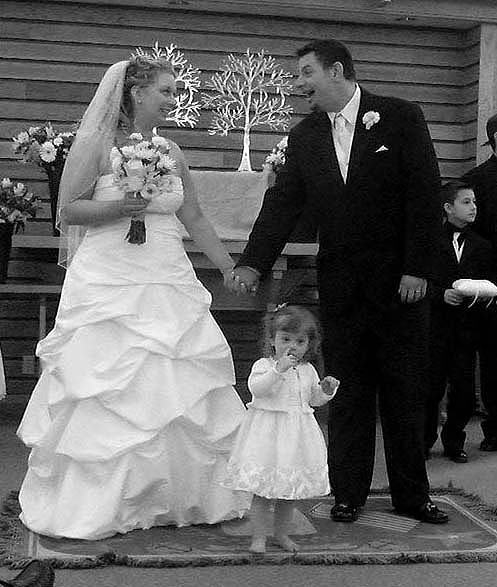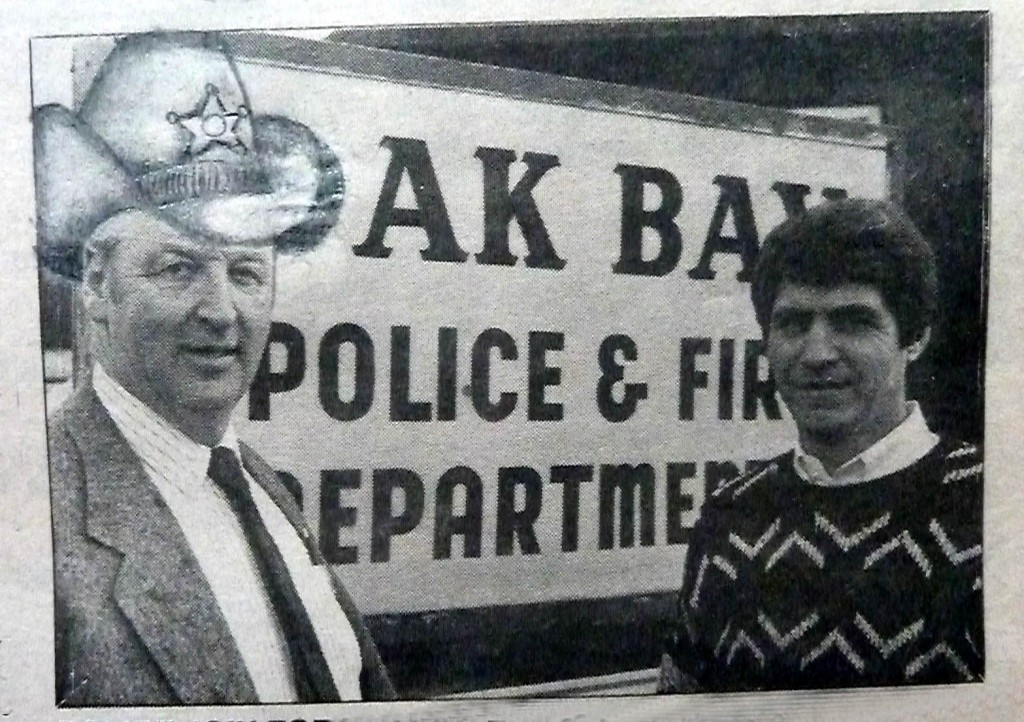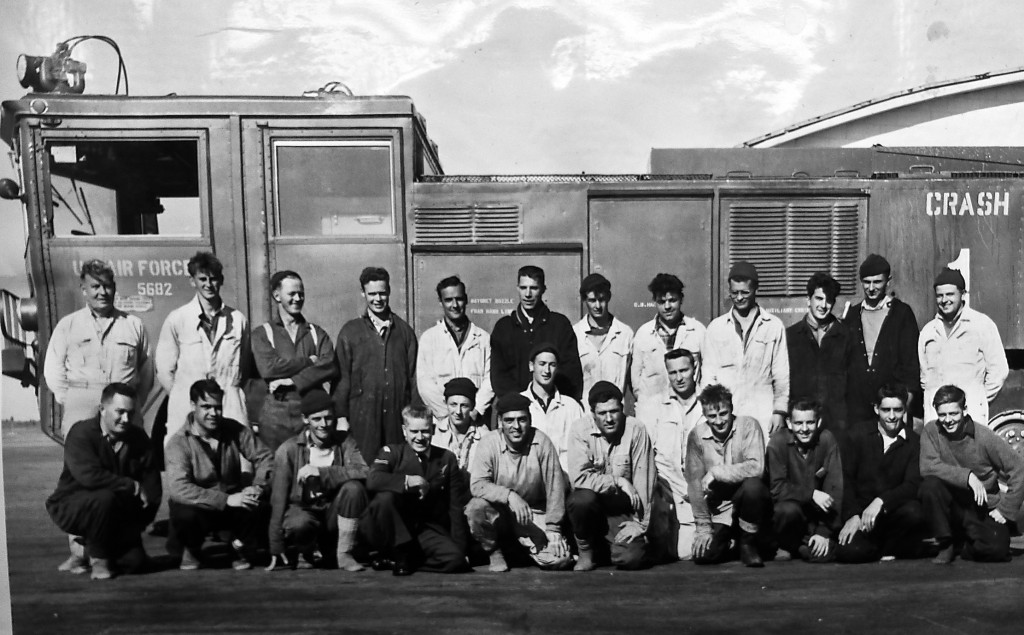Cornucopia Traditions – Alive and Well in Victoria
Traditions
Jamie and Kia Charko
April 16, 2011
The matt upon which Jamie and Kia were married has been in the Simonsen family for over 300 years. During this time dozens of family members have been married. Here their daughter, Liala, shares in the celebration.
Cornucopia Cake: The Cornucopia (korn-yoo-KO-pee-uh) symbol stretches across many cultures and peoples from Ancient Greece to modern day. That it is part of many wedding celebrations is only natural.
(470)
My New R.I.M. Blackberry for Seniors
Harold doing some in-store testing of the new Blackberry Playbook for Seniors
It was chilly with a dusting of snow when I left home at 2:00 am yesterday to join the line a Future Shop to get my new Research in Motion Blackberry “Playbook for Seniors’. My trusty Tim Horton’s super mug in hand – a double, double, triple, triple with a couple of shots of Kahlua (and small bottle in my backpack) – helped to ward off the cold and calm the knot in the pit of my stomach. Would I be too late? Not to worry, by 9:30 am I was inside and the supplies looked to last.
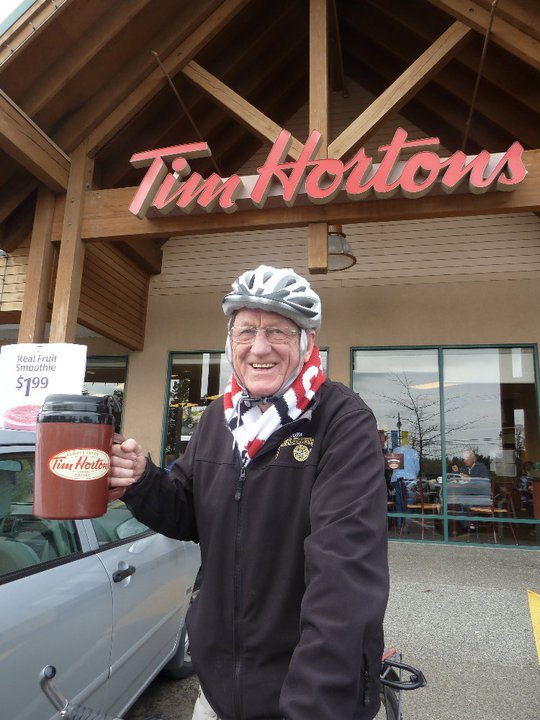
Photo: Harold bikes our for his usual morning cuppa at Tim Horton’s. The two litre cup cuts down on refills.
My first surprise was the size. The new Seniors Edition was at least 32 X 55 cm (12 X 22 inches) but with a high definition screen and large print (even at 36-40 pt. you can still get a full page on the screen) it is certainly easy to read. You know, you can actually enlarge words and flip pages with just the flick of a finger? Amazing!
Now, a word about price! At $700 (2 gb storage) a crack, plus $200 for the tax and extended guarantee, it is well within the means of most seniors. Just don’t forget to factor in an average $400 per month for Apps, internet access, download fees, book purchases, etc. so you don’t over extend yourself (1). My bets – move over Apple – this new RIM Seniors Edition Playbook is about to take the market by storm.
The only real challenge I found was trying to fit the device in my jacket or briefcase and I am wondering whether getting through airport security is going to be a problem. Perhaps, in the future, RIM will consider a folding model.
Congratulations to Jim Balsille and Mike Lazaridis, you and your RIM Team from Waterloo have made Canada proud – another first for Canadian Technology that is on a level with the Canada Arm. From this Canadian Senior – two thumbs up.
Harold McNeill
Victoria, BC
(1) For BES (Blackberry Enterprise Server) there is connectivity from that BES to RIM’s NOC, and that’s an extra charge. This is done via the SRP (Service Routing Protocol). Each BES has a unique SRP, just like our handhelds have a unique PIN. BES has better guaranteed service versus a BIS plan. On a BES you get way more functionality than BIS and you get more security, etc. These are matters are near and dear to most seniors.
(My young friend Riyad at Future Shop, passed along these helpful tidbits)
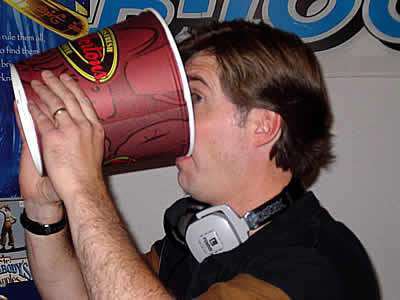
Staff at both Future Shop and Staples had to catch a coffee on the run as business was so brisk.

IPad vs Blackberry: While IPad has a jump on the market, the Blackberry Seniors model is likely to become a very big hit with the boomers who are just now entering those mellow years. My guess is the larger Blackberry will outsell the IPad by a factor of two or three.
(516)
PAX Canadiana
PAX Canadiana: In the 20th Century the term PAX Americana came to indicate the pre-eminent military and economic position of the United States in relation to other nations, just as PAX Britannia was used the 19th Century (Wikipedia background). In the 21st Century, Canada will eclipse the United States and PAX Canadiana could become a reality. This article provides a satirical look at the alternate path we may choose to follow.
February 10, 2016 Update
1. Corporate Taxes
What got m thinking of this was the whole issue of “Corporate Tax Reductions.” With our Federal rates approaching 15%1, I checked the G20 major economies and found none below 25%. Then I checked on Ireland – poor little Ireland (not a G20 by the way) – they went bankrupt – just when they achieved a Corporate Tax rate of 12.5%, lowest in the EU and lower than the rest of the world, save for a few OPEC countries.
 This happened even after Google and dozens of big companies moved to Ireland to catch a piece of that generous corporate tax pie. As supply-side economists, trickle-down theorists3 and deregulators predicted, unemployment shrank to near zero and “things were booming”. Ireland was sitting at the top of the EU financial world. Then bang – the crash – banks folded and massive debt took the country down. The prescription for a sound financial future sounded great but the patient was dying. On their knees, they went to their EU partners for a bailout.
This happened even after Google and dozens of big companies moved to Ireland to catch a piece of that generous corporate tax pie. As supply-side economists, trickle-down theorists3 and deregulators predicted, unemployment shrank to near zero and “things were booming”. Ireland was sitting at the top of the EU financial world. Then bang – the crash – banks folded and massive debt took the country down. The prescription for a sound financial future sounded great but the patient was dying. On their knees, they went to their EU partners for a bailout.
Could this happen in Canada? With a projected national debt exceeding half a trillion, with further tax cuts promised and cash being handed out for everything but the kitchen sink (well that too if the Conservatives reconstitute their billion-dollar “home improvement program”) it could happen. We might very well be headed down the same path as Ireland and our good neighbour, the USA, whose move to supply-side economics and deregulation over the past several decades lead to the worst economic meltdown they have ever experienced. They are now printing money so fast many of their presses have overheated and, if the rumors are correct, may have broken down4.
Then, to my great relief, two newspaper articles appeared – one in the National Post, the other in the Globe and Mail. The first was a three-page spread in the Post entitled: “Global Warming – Bring it On” and, the second, in the Globe, “Republicans Urge New Pipelines.” Republicans? Republicans? It was no surprise to see the National Post calling ‘Global Warming’ a “good thing”, but US Senate Republicans calling for help from that great white, socialist enclave called Canada; that was when the loonie (our new penny) finally dropped.
Footnotes:
1 Between 2000 and 2006, the Liberals reduced the Corporate Tax Rate from 29% to 21%. From 2006 to 2011 the Conservatives further reduced to 16.5%. The Conservatives indicate a further reduction to 15% is needed to boost investment and reduce unemployment. Now the question, if a reduction from 29% to 15% was needed to boost investment and decrease unemployment, would not a further reduction from 15% to 0% be even better? We might wish to ask: “For whom?”
3 Referencing “trickle-down theory” humorist Will Rogers, said during the Great Depression (known as the “Dirty Thirties”): “The money was all appropriated for the top in hopes that it would trickle down to the needy.” (partially Wikipedia)
4 Unless the US Congress takes drastic steps they will be dead broke and shutting down parts of government when they reach their debt limit. A debt default by the USA will have worldwide implications.
(15308)
International Pursuit of a Felon
Photo (Oak Bay Star): Detective Sergeant Al Campbell (left) and FBI Agent, Bob Hanis from South Bend, Indiana.
January 15, 2012:For a recent similar case in Canada involving an estimated one billion in marihuana, read the National Post article: A Great Movie Script
A Soft Landing in Canada
Do not get on the FBI’s Most Wanted list, or have your mugshot broadcast around the world as that could be the beginning of the end of a financially rewarding career in crime. Such was the case of one young man who dared try to hide behind the Tweed Curtain in Oak Bay, British Columbia. For Constable Al Campbell it was an exciting time as he chased one of the FBI’s Most Wanted through the streets of Oak Bay. The story began many months before in Indiana…
Unsolved Mysteries – Joins the Chase
In 1987 Robert Stack began hosting a new TV Series, Unsolved Mysteries, that soon became a perennial favourite. In addition to two or three feature articles each week, the hour-long 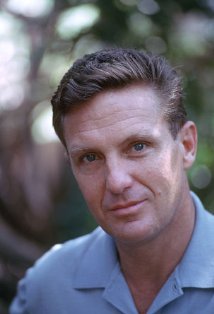 production profiled persons on the “FBI Most Wanted” list. On January 9, 1991, the program included two international drug traffickers – Thomas Paul Hickey and William James McCarthy, both men then in their early thirties.
production profiled persons on the “FBI Most Wanted” list. On January 9, 1991, the program included two international drug traffickers – Thomas Paul Hickey and William James McCarthy, both men then in their early thirties.
Photo: Robert Stack, who was a periodic regular host of the show through the 1980s and 90s, was better known as the handsome, no-nonsense Elliot Ness in the TV and movie series the ‘The Untouchables’.
In late 1986 Indiana State Police indicted Hickey and McCartney on forty-three counts including drug trafficking, participating in a continuing criminal enterprise, possession and conspiracy to distribute marihuana, obstruction of justice, interstate transportation in aid of racketeering and, for good measure, a charge that was the undoing of many mobsters in the ‘Untouchables’, income tax evasion.
The broad-ranging criminal enterprise built by Hickey and McCarthy from early 1979 through 1986 was spurred on by a high demand for marihuana that had developed during the ’60’s and ’70’s “hippie years” on College and University campuses across North America. In the 1980s the taste for that exotic weed soon spread to the business and professional community as college and university students, after graduation, were not about to leave behind all the perquisites of campus life. While Mary Jane was bulky to transport and distribute, Hickey and McCarthy overcame the challenge by contracting a fleet of semi-trailers to move the parcels to dozens of cities across the United States.
(4658)
Fire Walkers: Chapter 1 – A Nuclear Challenge
Photo (1961): USAF Crash Rescue Crew From Cold Lake taken while in training at CFB Camp Borden
(Photo: Courtesy of Guy Venne)
Top Row: U/K, Ken Cuthbert, Les Eshelman, Al Edstrom, Ed Vallee, George Grimstead, Morris Hill,
Wally Armstrong, Fred Bamber, Roy MacDonald, U/K, Art Axani
Front Row: U/K, Instructor, Instructor, Harold McNeill, Instructor, Guy Venne, Instructor, U/K,
Denis Armstrong, Derek Bamber, U/K
(All names subject to clarification — Click photo to open, then click again for full-size download or printing. Names in bold, all Cold Lake High School buddies)
October 14, 2017 (4200)
Fire Walkers: A Nuclear Challenge
2011 will mark the 50th Anniversary of a unique experience in my life and that of several friends and neighbours from the Cold Lake area of Alberta. Forty-five men, ranging in age from twenty to thirty-eight, were selected to work as Civilian Crash Rescue Firefighters for the US Air Force at the Strategic Air Command base being built at the RCAF Station Cold Lake. For a full list of names of those selection Link here to Chapter 6,
Two other SAC bases built in Canada were also selecting civilians to perform the same duty – 45 for Namao (just outside Edmonton) and another 60 for Churchill in Manitoba. All were to be trained over the summer and fall of 1961 at the Crash Rescue Fire Fighter School in Camp Borden, Ontario, a school that had an established reputation as being the best in the business.
While a few of the men destined for Cold Lake had small town, volunteer firefighter experience, most, including myself, were taken in as raw recruits. Over a period of five months spread over two training groups, the men moved from the training stage to manning a full-service Fire Department. This included a process to select a Fire Chief and Crew Chiefs from within the ranks of those trained at Borden.
The expedited process resulted from the reluctance of the RCAF, in the politically charged climate of the deep Cold War, to have RCAF personnel fully integrated into what was essentially an independent USAF operation on Canadian soil.
For their part, the USAF was not able to field a sufficient number of firefighters to perform this duty due to a rapidly expanding Cold War Strike Force that stretched around the world. This included manning over 450 SAC bases within the continental United States, Alaska, and Hawaii.
Force that stretched around the world. This included manning over 450 SAC bases within the continental United States, Alaska, and Hawaii.
The threat of a nuclear attack and potential annihilation of mankind was one of the most feared events throughout the 1950s and 60s. The proliferation of nuclear weapons following the Second World Wars and the resultant partition of Europe lead to almost continuous conflict from 1914 through 1975 (the end of the Viet Nam War).
An all out Nuclear War between the Western Democracies and Russia would most certainly have ended life on earth as we know it. By way of comparison, the current day “war on terror” is a rather trivial event.
It was a time in our history when the Cold War mentality paralyzed much of the world and a time when Canada hosted a nuclear arsenal that was globally fifth in size behind only the United States, Russia, England, and France. The nuclear weapons in Canada, the subject of secret agreements, were stored across the country as well as carried aboard giant B52 bombers that circled high in the skies above the Canadian Arctic twenty-four hours a day, seven days a week. The giant USAF Base at Goose Bay hosted between 12,000 and 15,000 USAF personnel in what was one of the largest USAF bases outside the United States.
(4772)
Fire Walkers – Camp Borden Fire School – Chapter 2 of 6
Fire Walkers – Fire School – Chapter 2
On July 25, 1961, our group of twenty-three was packed and ready for lift-off, the assigned transport an Air Force, Fairchild, C-119 Flying Boxcar, a supply and troop transport. For troops (and wannabe firemen), canvas slings hanging from the sides of the fuselage, provided a place to sit but little in the way of comfort. Immediately outside the fuselage the roar of the two 1500 hp radial engines made conversation nearly impossible.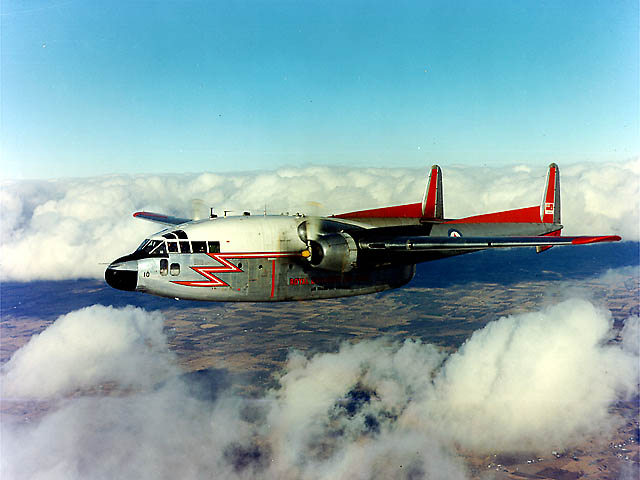
With a painstakingly slow cruising speed of 200 mph, it was a long, bladder filled trip to Winnipeg where we stopped for a bathroom break, quick lunch and change of flight crew. By early afternoon we were off for the ten hour leg to Trenton. After a late dinner we bunked down but did not get much sleep that night as we all seemed to be giddy from the long flight and thinking about the new experience that awaited. Early the next morning we left by bus for the final 120 mile leg to Camp Borden.
As civilians we were assigned barracks separate from regular recruits – I suppose the brass didn’t want our rag-tag group of civilians to unduly contaminate their sparkling fresh troops. The accommodation and food was great but we generally stood out like sore thumbs in the mess hall and around the base where all military personnel sported freshly pressed uniforms and spit polished boots. By the sarcastic comments directed our way, it was clear the regulars didn’t view us with high esteem.
From the course overview given over the first few days, it was certain the next several weeks would be hard work, both in class and in the field, as first we studied, then put into practice, the skills required to become top-notch crash rescue fire fighters. The real shocker came on our first visit to the practice area with Corporal Breckinridge, our field trainer.
(1993)
Fire Walkers: – Forming a Fire Department, Chapter 3 of 6
Fire Walkers – Forming a Fire Department, Chapter 3
On returning to Cold Lake in early October, 1961, it was, as the saying goes, ‘jumping from the frying pan into the fire’. Fresh from basic training, we were now tasked with actually learning the day to day aspects of crash rescue work in real time. The USAF personnel having been temporarily seconded to fire duties at the SAC Site had a full training program set and ready to go when we arrived.
Fire Truck Familiarization
First off the mark was learning to use the USAF equipment, none of which was available at Camp Borden. The three main pieces were two giant O11-A foam trucks and a smaller R2 (we call the R-Deuce) rescue truck. There was also one tanker truck (for hauling water/extra foam cans) and several pieces of smaller equipment used on the tarmac for fire protection around the 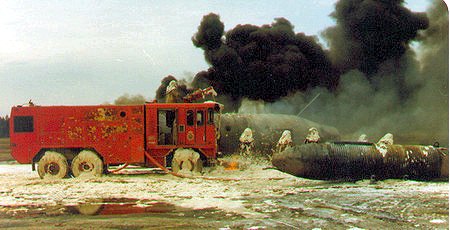 aircraft during engine starts.
aircraft during engine starts.
Photo: Crew from 0-11-A and others tackle fire at a mock crash site. One man remains in the turret while others approach the mock aircraft with handlines. Location of this practice area is unknown.
Normal crew size on a 011-A was four – the driver and right hand crewman operated the two electronically controlled roof turrets, while two others operated the lines. The hand line operators could also open a roof hatch and operate the turrets by hand (as in above photo). In approaching a scene, the two hand line men manually operated the turrets while the truck approached and after it had stopped the driver and front fireman would take over with the trigger grips while the hand line operators left the cab to continue to knock down the flames.
It was spectacular watching a well coordinated attack knock down a wall of flames with those twin turrets that could lay down tens of thousands of gallons of foam (a mixture of animal rendering and water) within a matter of seconds. There was little that could match the adrenalin rush felt when approaching that wall of fire.
In a real life situation, if the aircraft was fully engulfed in flame it was understood the chance of pilot or crew survival would be limited but if there was even the slightest chance of survival, our challenge was to affect a rescue. While we trained for specific positions, all members of our crew were capable of filling every position as needed.
(2440)
Fire Walkers – Daily Routines – Chapter 4 of 6
Fire Walkers – Daily Routines – Chapter 4
Every man dropped what they were doing and ran to their assigned position as the klaxon horn souded in the station. Our trucks were already rolling as dispatch radioed the call that a CF-104, had crashed off the end of run-way 130 a short distance south of the base. It was believed the pilot had ejected but nothing further was known and as our crews were 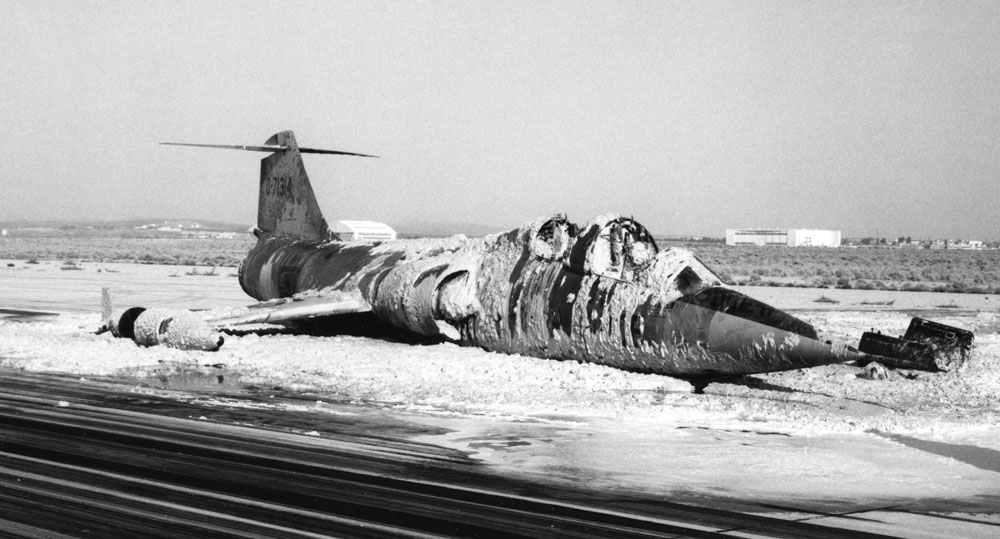 closer, we were instructed to continue to scene.
closer, we were instructed to continue to scene.
Using local maps of the myriad of small roads south of the airport, we left the station with further directions to be passed along from the helicopter rescue crew dispatched to the scene.
During our time at Cold Lake, the most common call for assistance to the RCAF resulted from a CF-104 in difficulty. While the aircraft was popular with Canadian pilots it was challenging to fly and air forces around the world experienced losses of up to 45% which is higher than any aircraft outside of war time. That being said, operations with the RCAF would see the CF-104 put in more air time per craft than any other nation and Cold Lake was at the training epicentre.
(2928)

